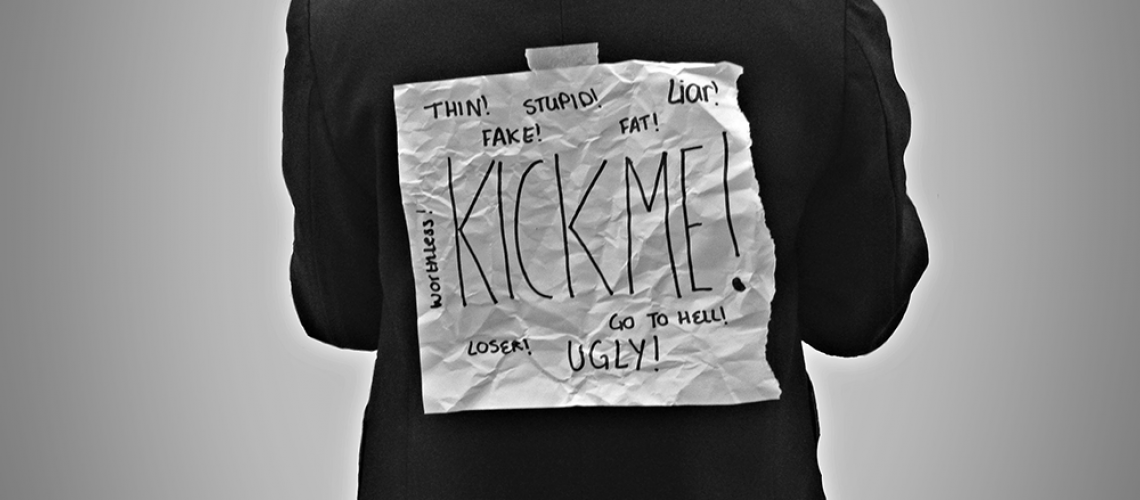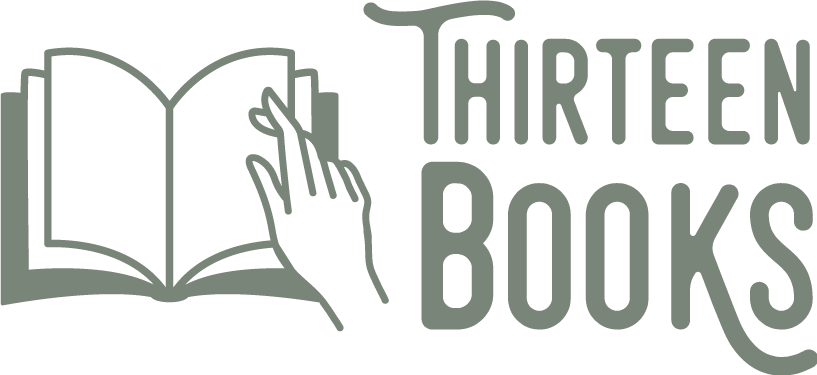There are no hard and fast rules about bullies and victims. And the example in my novel is how one of my characters, who can herself be a bully, becomes a victim. For those of you who haven’t read The Weight of Stones, I won’t go into detail about who, why and how, but this blog is generally what I think about bullies.
Bullies come in all sorts of sizes, shapes, races, diversities, entitlements, cultures, and ages.
So do victims.
Bullies are located in our homes, our places of worship, our schools, playgrounds, clubs, committees, neighbourhoods, staffs, classrooms, teams.
So are victims.
I don’t think bullies are born, although of course, some young children are confident and others timid. All children can be cruel — accidentally or on purpose — most often as a means to control the situation around them. Whether or not they continue to wear this mantle depends on how comfortable it feels. I think most children feel crappy, and don’t do it again. Others need to be enlightened by teachers, coaches, parents, peers. However, some feel powerful and are encouraged by those who call bullying a different name, like “leadership.”
Leadership, in my opinion, is through example, not intimidation, but that is another topic for another blog.
Victims of childhood bullies often become compassionate and empathetic and vigilant because of their experience. Others are permanently scarred and suffer greatly from insecurity and fear. And some, when they find they have risen in the “pecking order” become themselves, bullies.
What happens when a trusted friend is the bully? I suspect this happens to all of us at one time or another, but when it happened to me, I was confused, devastated, sad, and finally, angry. In that order. I consider the angry stage to be healthy. It’s the stage when I stand back and realize what has happened, and (in my imagination or in reality) say to the bully, “it’s not me, It’s you.”
Bullies hate it when you stand up to them and say “no.” That, in a way, is a test to determine if this person is a friend or not. A true friend allows you to disagree with them without lavish explanations and excuses. Bullies immediately shore up their defences by engaging relatives or mutual friends, who are often unaware of recent events. Bullies like to tell their side of the story. They are victims in their own versions. The victim is often unaware of this happening. After all, a friend wouldn’t turn on you for saying “no” or “I disagree.” A real friend protects you and makes excuses for you, and loves you.
Once the victim realizes the friendship is over, sadness and depression can follow. The victim feels isolated.
In my decades of (thankfully) rare situations, I didn’t want to confide in mutual friends or relatives. I wouldn’t dream of asking them to pick sides. On occasion, if I needed advice, I would talk to someone I knew to be intelligent, sympathetic, impartial, reasonable.
(I do, however, confide in my husband, just so he is aware of my vulnerability and how it might affect him. I need him to have my back.)
Bullies who are very intelligent are subversive. They can sabotage you in other ways. They carry a grudge for years, decades. Their friendly faces can be deceiving. They make snide comments under their breath, or they end a polite and cordial interaction by a parting shot, just to let you know that they haven’t forgotten.
The thing is, to win back a friend, all a bully has to do is apologize, and acknowledge their impact. Real bullies see apologies as a sign of weakness. They double down, make excuses, justify.
On the other hand, accidental bullies feel remorse. Their acts of thoughtlessness keep them awake at 3 a.m. They apologize as soon as they can, even when it’s not necessary.
It is likely I still owe someone an apology.
“I’m sorry. Please forgive me. I was a child. Or I was weak. Or I felt like being mean. Or I was impatient. I know none of these justify making you feel less. Truly, I am sorry.”


